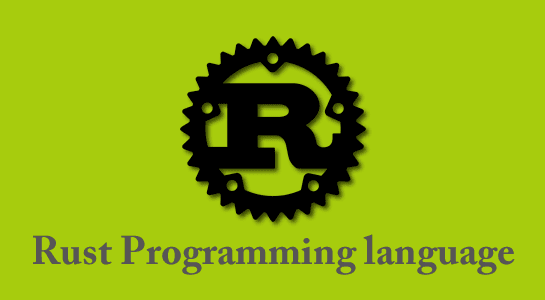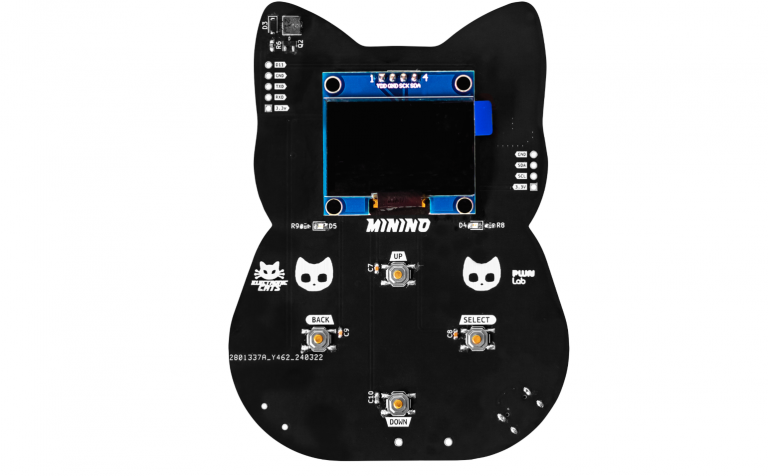
The industry is currently transitioning to DDR5 memory to expand memory bandwidth. This new memory employs an innovative DIMM architecture, encompassing multiple advancements that facilitate leaps in speed grades and support future expansions. It adeptly meets the high-speed data processing needs of a computing market increasingly dominated by generative Artificial Intelligence (AI). Intel’s Sapphire Rapids supports DDR5 memory at 4800 MT/s, and just a year later, the next-generation Emerald Rapids has escalated to DDR5 memory at 5600 MT/s.
Rambus has announced the launch of its fourth-generation Register Clock Driver (RCD) chips. As a pivotal component of DDR5 memory modules, these chips can provide data transfer rates of up to 7200 MT/s for next-generation server RDIMM and LRDIMM modules.

The RCD acts as a buffer between the memory controller and DRAM ICs, reallocating command/address signals within the module to enhance signal integrity and connect more memory devices to a single DRAM channel. As a buffer, the RCD introduces latency and requires support for very specific data transfer rates to function optimally. Rambus’s first-generation RCD for DDR5 memory, launched alongside processors like Intel’s Sapphire Rapids, supported a data transfer rate of 4800 MT/s. In October 2021, Rambus released its second-generation RCD, boosting the data transfer rate to 5600 MT/s. February 2022 saw the introduction of the third-generation RCD, further raising the data transfer rate to 6400 MT/s.
Rambus touts the RCD chip as the flagship of its DDR5 memory offerings, developed from over 30 years of high-performance memory expertise. The fourth-generation RCD chip also includes Serial Presence Detect (SPD) hub and temperature sensors, essential components for server systems. These enhancements improve DDR5 DIMM systems and thermal management, enabling higher performance levels within the required power range.






